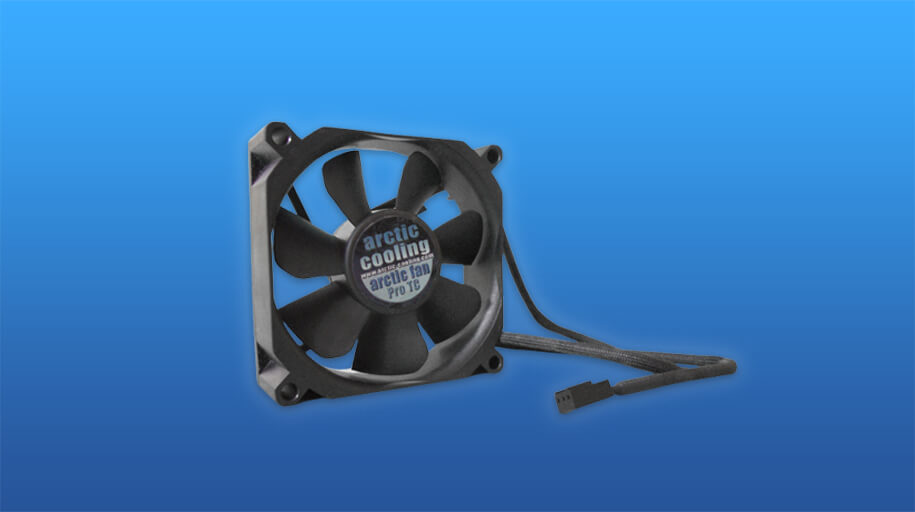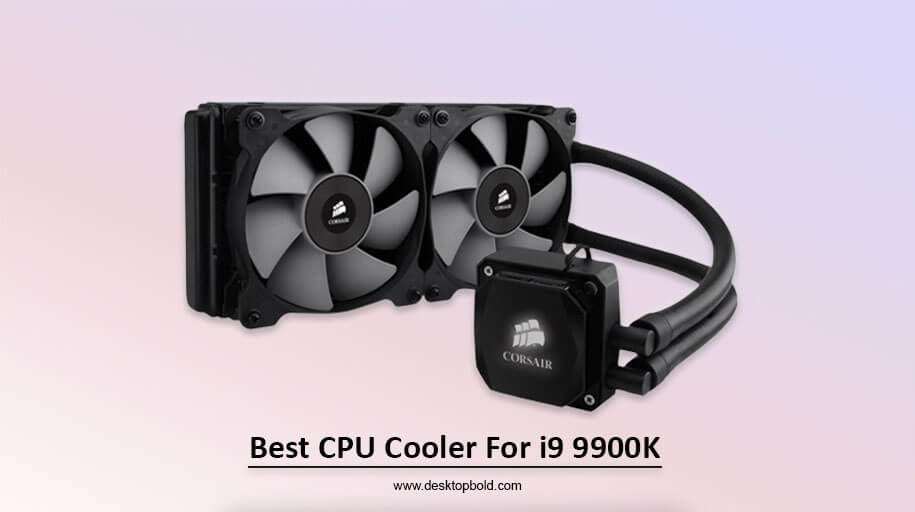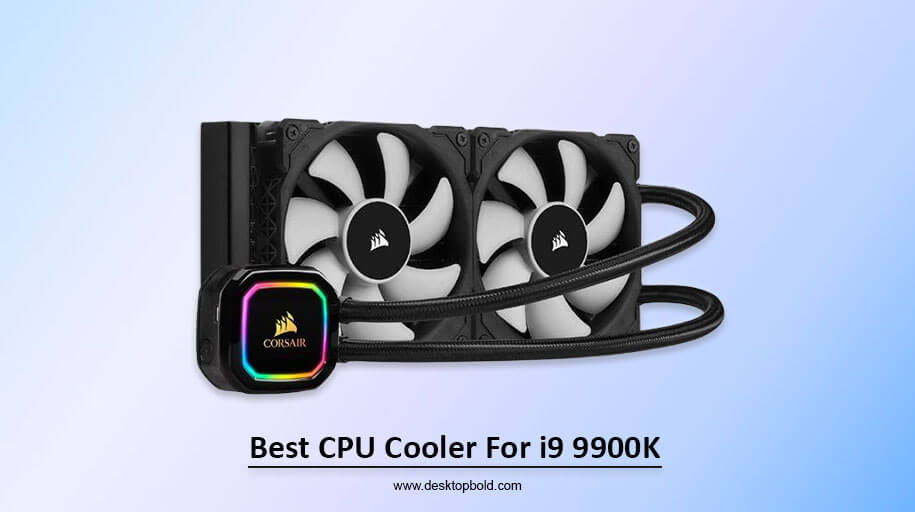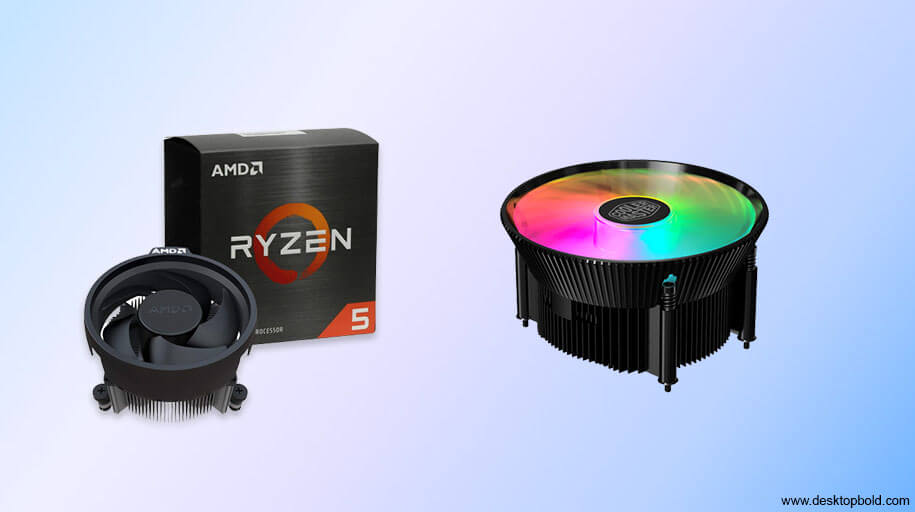The CPU needs CPU coolers to maintain the temperature and keep the CPU cool from overheating. Whether you use your CPU for gaming or general purpose or overclocking, the cooler inside the CPU will have much work to do. For this reason, it will get dustier as it takes air more frequently and cools down the temperature. The dust has dust particles that accumulate in the cooler’s fan and cause problems in operation. So, they need to be cleaned often for the cooler fans’ proper function and smooth running.
CPU coolers should be cleaned properly and with perfect tools and techniques. No matter which fan you’re cleaning, either a power supply fan, case fan, or CPU fan, maintenance and technique are necessary, and cleaning should be done regularly for optimal computer function.
Pay attention to cleaning the CPU fan regularly to avoid the dust and dirt accumulating on the fan, which will cause inconvenience and unexpected expenses and disrupt the computer’s performance.
Hence, it is essential to maintain the CPU properly to avoid significant disruption and extra charges. In this blog, I’ll guide you on how to clean CPU coolers.
Cleaning Process of CPU Fan:

Cleaning the CPU cooler is necessary to keep the computer cool from overheating. CPU coolers are cleaned in two ways: you can clean the CPU cooler while they are attached or connected to the CPU, and the other way is by removing the CPU cooler and then cleaning it. It becomes easier to understand the procedure when described step by step. So here is the step-by-step method of cleaning the CPU fan or cooler with and without removing the fan.
How to clean the CPU Cooler without Removing the Fan?
If you are a newcomer or beginner, you shouldn’t remove the fan to clean it. Cleaning without removing the fan is much easier and an ideal technique with no expertise for newcomers. Cleaning without removing the CPU cooler doesn’t require any equipment.
Requirements for cleaning:
- Isopropyl alcohol (90%)
- Cotton swab
- Toothpick
- Tissue roll
- Disconnect the power supply:
Shut down the computer and unplug all wires and cables connected to the computer. Ensure that every wire is unplugged and keep the wires away; otherwise, they can mix and cause hindrance or disturbance during cleaning.
Clean the fan blades:
Take a cotton swab dipped in isopropyl alcohol. Instead of a cotton swab, you can use kitchen tissue to dip in the isopropyl alcohol. Now clean the fan’s blades with a wet swab or kitchen tissue.
Clean the heatsink:
After cleaning the fan’s blades, you must know how to clean the CPU cooler heatsink. It would help if you had a toothpick to dislodge the dust from the heatsink surface to clean the heatsink.
Overall cleaning of the Fan’s surface:
Once the fan’s blade and heatsink are cleaned, take an isopropyl alcohol-dipped cotton swab, thoroughly clean the CPU cooler surface, and erase the dust from all parts of the fan.
Heatsink bottom cleaning:
Tilt the CPU slightly at one side to reach the bottom of the heatsink and then clean it. By doing so, the speed and efficiency of the fan are increased.
Clean the Fan’s wires:
The wires of the fan also need to be cleaned from dust. As the cables are essential for power, clean them as well.
Reconnect the Power:
Once the CPU cooler parts are cleaned, reconnect all cables and wires to run the cooler.
How to clean the Fan by Removing the CPU Cooler?

I have discussed above the method of cleaning without removing the fan. Still, if you are a manufacturer to suggest cleaning, you will be recommended the cleaning procedure by removing the fan. Down here is the process of cleaning the fan. Here is the cleaning method by removing the fan from the CPU.
Clean by using a Moist Cloth:

Use a moist cloth to clean the cooling fan near the smoker. The wet cloth will clean the dirt and debris from the processor fan. Following are the steps to clean the CPU cooler with a damp cloth:
- The first and most important task is to unplug all the cables and wires to disconnect the power supply. It is better first to clean the innards of the CPU. Be careful not to come in contact with the Piercy parts of the CPU.
- Use compressed air to blow at the CPU cooler to clean the accumulated dirt beneath the heatsink. Hold the fan’s blades with a stick or pencil to keep the edges motionless. You can also use an alcohol-dipped cotton swab to clean the blades.
- If you want to clean the CPU cooler less often, place your CPU where it gets good ventilation. The more overheating happens, the more the cooler is subjected to dirt.
- The vacuum cleaner is also used to clean the fan and other components of the CPU. You can remove the dust from the speaker, mouse, and other parts.
- Finally, when the cleaning is done, check thoroughly all the CPU parts are cleaned. You can wash using a cotton swab or a moist or dry cloth. Double-check if all parts are cleaned before reconnecting the computer to the power.
Use of Vacuum Cleaner for cleaning:
If you can afford expensive equipment, you can use the electric vacuum cleaner to clean the CPU cooler. It doesn’t produce static energy, so cleaning the cooler is better. In the vacuum cleaner, electric discharge is released.
Conclusion:
By reading this blog, you can now understand how important it is to keep your CPU and its fan functioning correctly. Cleaning can increase the performance of the CPU. You can maximize the computer’s output by keeping it clean.
By reading this blog, there will be no queries about how to clean the CPU cooler.
Frequently Asked Questions
How often should I clean the CPU cooler?
Clean your CPU cooler every two to four weeks to keep the computer functioning optimally.
Is it Safe to use a Vacuum Cleaner on a CPU Cooler?
There is no accurate answer to this, but cleaning the CPU fan using a vacuum cleaner depends on the make and model of the fan. It is good to clean the cooler to function correctly.




